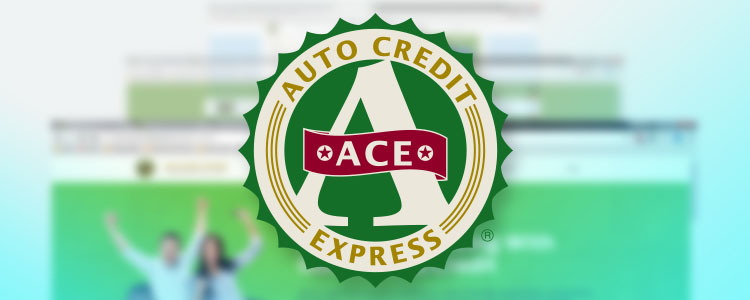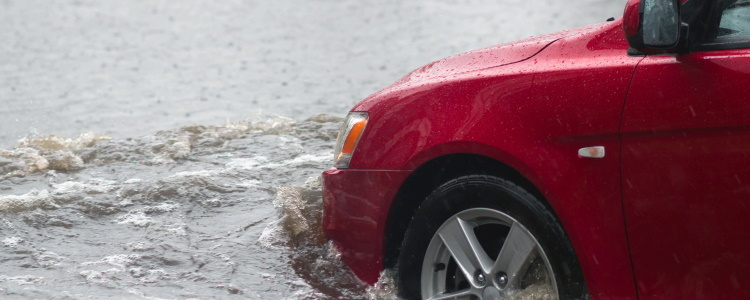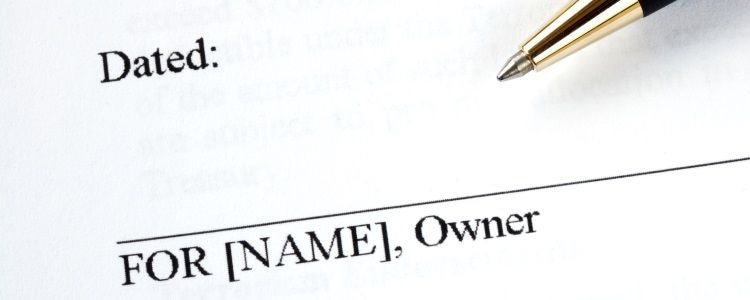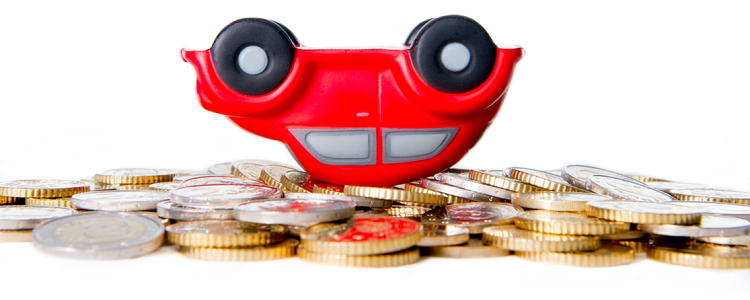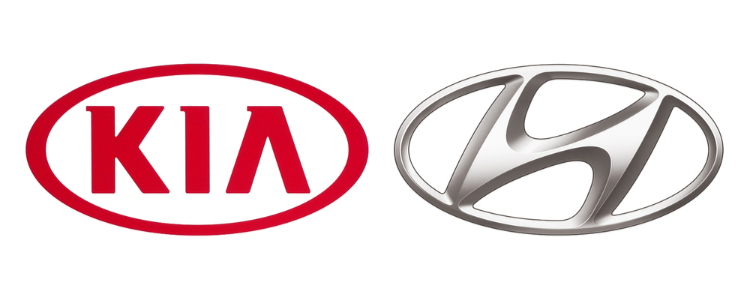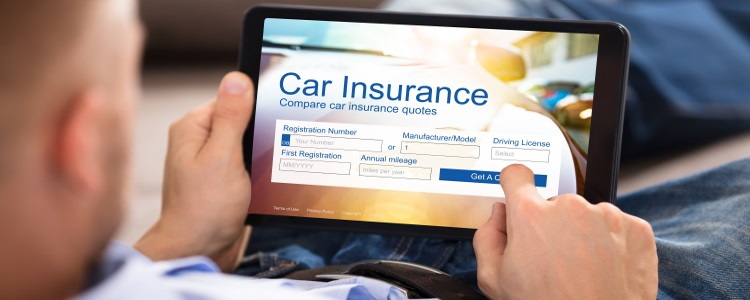So often, natural disasters like hurricanes, fires, and floods can take a toll on vehicles making them a total loss for their owners. But, even things like a mild fender-bender at a traffic light can cause the total loss of a car. So how do you know if your vehicle is a total loss after an accident or natural disaster, and what do you do now?

Replacing A Car After A Total Loss
What Does Total Loss Mean?
A total loss means that the cost to repair a vehicle is more than its actual cash value, or ACV. Therefore, it's more cost-effective to replace the vehicle than to pay for its repair. A total loss vehicle is typically left undrivable. Whether or not your vehicle is deemed a total loss is up to your insurance company.
Insurers use different calculations to determine total loss, but in most states, the threshold for loss is around 50% to 75% of actual cash value. So, if the combined total cost of repairs plus the vehicle's salvage value is at least 50% of the ACV, then the car is typically a loss.
But again, the severity of damage that it takes to be considered a total loss varies by state. The amount and severity of damage, the cost of parts, and the age and condition of the car all make a difference in whether or not your vehicle is considered a total loss.
If your vehicle is a total loss, the insurance company will pay you the ACV of the car. This means they will cut a check for the total value of the vehicle at the time it was totaled, assuming you have full or comprehensive insurance.
Often, the insurance company may send the check for the ACV directly to your lender if you still have a loan. If the check from the insurance company comes to you, it's important that you get that money to the lender. Even though a total loss has left the vehicle undrivable – you're still legally obligated to pay what you owe for the car. A lender can and will take you to court to get their remaining money.
Also remember, the money from the insurance company may not cover the total balance of your loan. Since cars depreciate it's common for vehicles to be worth less than you owe on a loan. This is called negative equity. One way to avoid having this leftover balance after a total loss is to have GAP insurance as well as full coverage. This will pay the difference between what you owe on your loan and the ACV of the car.
If you're an uninsured driver, or only have personal liability and property damage coverage on your car, also known as PLPD, you are out of luck when it comes to getting any money back to cover the cost of your vehicle. Typically your only recourse in those cases is to scrap the car which doesn't usually gain you much cash back.
If your car is paid off, any money you get from your totaled vehicle is yours and you're free to put it back into another vehicle.
If you're insured, your insurer will assess the damage to your vehicle, and do all the necessary calculations, so you won't have to worry about this. What you will need to focus on is getting another car. Your credit will typically determine whether you can finance again or if you're stuck looking for a used vehicle without financing.
Buying A Car After A Total Loss
Buying a vehicle after a total loss is just like buying a vehicle at any other time, except you will face higher insurance costs after a total vehicle loss.
If your vehicle was paid off, then you can use the money from the insurance company as a payment for your new car, or as a down payment when you finance again.
If you have good credit then the total loss of a vehicle won't harm you assuming there was no outstanding loan. By the same token though, a total loss when you have bad credit can make it more difficult to buy again, simply because it's more difficult to get a car when you are struggling with credit issues.

Does A Total Loss Hurt Your Credit?
A total loss of a vehicle may not hurt your credit if you continue to pay your loan until it's done. However, if you still owe a loan and don't finish paying it, it will default and definitely hurt your credit.
Missing or late payments and defaults will be reported to the credit bureaus after 30 days and can have a drastic impact on your credit score dropping it anywhere from a few points to a few hundred points depending on how your credit is currently. the better your credit is, the farther it has to fall, so it will be impacted more than if you have poor credit.
A total loss accident or disaster will typically impact your insurance rates and make them go up.
Getting Approved After A Total Loss
When you need to get an auto loan after a total loss, the ease of doing so can depend on how good your credit is. If your credit is in good shape you may qualify for a wider range of options than someone with poorer credit. Good credit consumers can usually go just about anywhere to finance a vehicle after a total loss.
However, if you have bad credit this typically means going to a special finance dealership with subprime lenders or visiting the captive lender at a particular brand that's known to work with poor credit. Automakers like Hyundai, Kia, and Ford are known to work with consumers who have lower credit scores.
If you do find yourself needing a bad credit car loan it's important to gather your required documents like proof of income, references, and proof of address before you visit the dealership to avoid having to make a second trip. Typically dealers that work with poor credit consumers have requirements for subprime lending which include:
- Proof of income. You'll need computer-generated check stubs for this. Lenders typically prefer W-2 income proven with check stubs. You need proof of income for at least 30 days, showing your gross (pre-tax) income. If you have a 1099 income (self-employed or independent contractor), a subprime lender may be willing to accept it if you have two to three years of tax returns proving your income.
- Proof of residency. A recent utility bill in your name is required to prove your permanent address.
- Proof of a working phone. A phone bill in your name is used to prove you have a working landline or contract cell phone so a lender can contact you if need be.
- A valid driver's license. This allows you to test drive a car or register the vehicle in your name. It's also used to verify your identity. Your ID can't be revoked, suspended, or expired.
- Personal references. Subprime lenders typically require a list of five to eight personal references including their names, addresses, phone numbers, and email. References can’t share your home address.
- A down payment. If you have less-than-perfect credit, a down payment is always required. Subprime lenders typically require at least $1,000 or 10% of the vehicle’s selling price. In-house financers, like buy here pay here dealers, may require up to 20% of the vehicle’s selling price.
The above list is the most common requirements for bad credit borrowers, but your results may vary by lender.
A total vehicle loss isn't a good time, but it is something that can be replaced for the most part, which is why it's important to maintain good insurance coverage on your vehicle.
If you're financing, full coverage insurance is a requirement and it can be your saving grace when it comes to getting as much money as you can for a car you can no longer drive.

Senior Automotive Financing Editor
Meghan has been writing professionally for over 25 years. She is expertly versed in automotive special financing and pricing analysis, having published hundreds of articles on Auto Credit Express and its sister sites, CarsDirect, and The Car Connection. Read more
Suggested Posts For You
Receive Free Updates
Get the latest credit tips, resources and advice delivered straight to your inbox.

